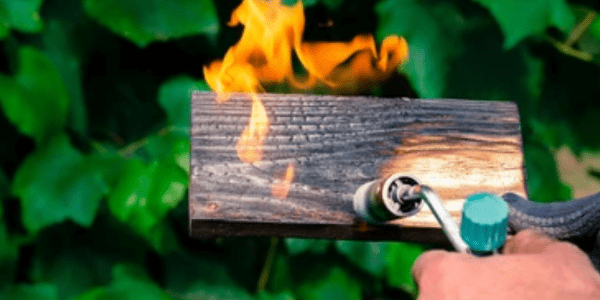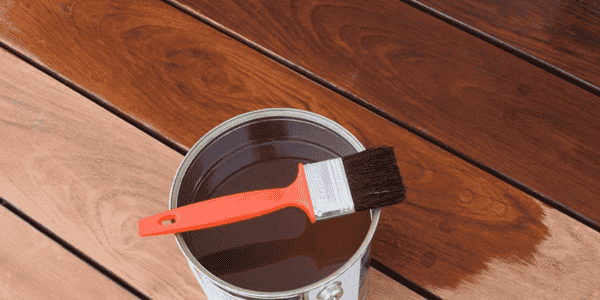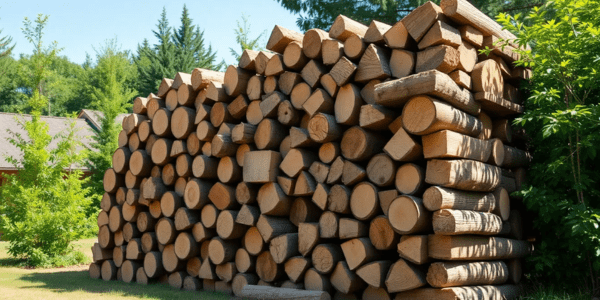Burning wood is a common way to dispose of scraps or warm up your home—but burning pressure-treated wood is a serious health and environmental hazard. While it may seem like just another piece of lumber, pressure-treated wood contains chemicals that make it unsafe to burn in fireplaces, fire pits, stoves, or outdoor bonfires. In this article, we’ll explore what pressure-treated wood is, why it’s dangerous to burn, and safe alternatives for disposal.
What Is Pressure-Treated Wood?
Pressure-treated wood is lumber that has been infused with chemical preservatives under high pressure to protect it from rot, fungi, moisture, and insect damage. It’s commonly used in:
- Outdoor decks
- Fencing
- Landscaping timbers
- Playground equipment
- Sheds and gazebos
Earlier, these woods were commonly treated with Chromated Copper Arsenate (CCA), which contains arsenic—a toxic heavy metal. Though newer treatments like Alkaline Copper Quaternary (ACQ) and Copper Azole are less toxic, they still pose risks when burned.
Why You Should Never Burn Pressure-Treated Wood

1. Toxic Chemical Release
When burned, pressure-treated wood releases hazardous chemicals into the air. These include:
- Arsenic
- Chromium
- Copper
- Dioxins
- Other carcinogens
These chemicals don’t just disappear—they become airborne particles or remain in the ash, creating serious health hazards.
2. Health Risks
Burning treated wood can lead to:
- Respiratory problems
- Skin and eye irritation
- Long-term health risks, including cancer, when inhaled repeatedly
- Toxic ash, which can contaminate soil, water, and cause poisoning if ingested by pets or wildlife
3. Environmental Impact
Toxic chemicals released from burning treated wood pollute the air, soil, and nearby water sources. Ash left behind is classified as hazardous waste and must be handled according to local regulations.
Legal Restrictions
In most countries—including the United States, Canada, and EU nations—burning pressure-treated wood is illegal in residential and commercial settings. It violates clean air regulations and can result in fines or legal consequences.
Always check with your local environmental agency or waste management authority before burning any type of treated material.
How to Identify Pressure-Treated Wood
- Greenish or yellowish tint
- Ink stamps or tags showing chemical treatments (e.g., “ACQ,” “CA-C”)
- End tag showing “treated for ground contact” or similar phrases
- A chemically treated or oily smell
If you’re unsure whether the wood is treated, err on the side of caution and avoid burning it
Safe Disposal Alternatives
- Municipal waste collection: Some areas allow drop-off at designated landfills or recycling centers.
- Hazardous waste programs: Local authorities may run special collection days for treated lumber.
- Reuse: Consider reusing in outdoor, non-burning applications like fencing or garden borders (if the wood is still in good condition).
Conclusion
No, you should not burn pressure-treated wood—not in your fireplace, fire pit, or anywhere else. The health and environmental risks far outweigh the convenience. Instead, dispose of treated lumber responsibly and protect yourself, your family, and your surroundings from toxic exposure.

